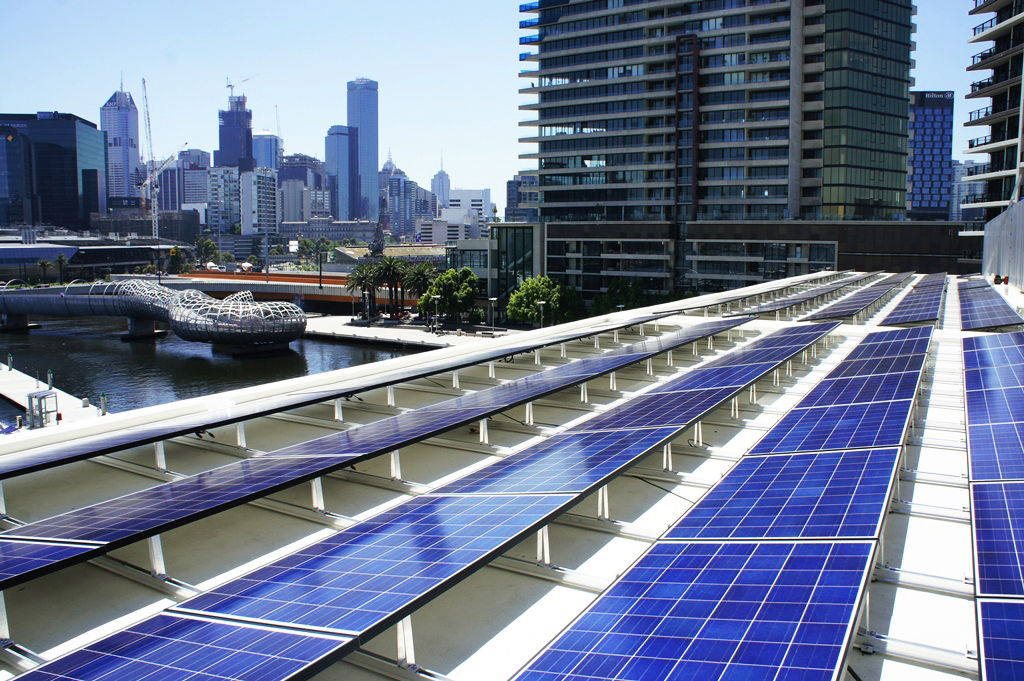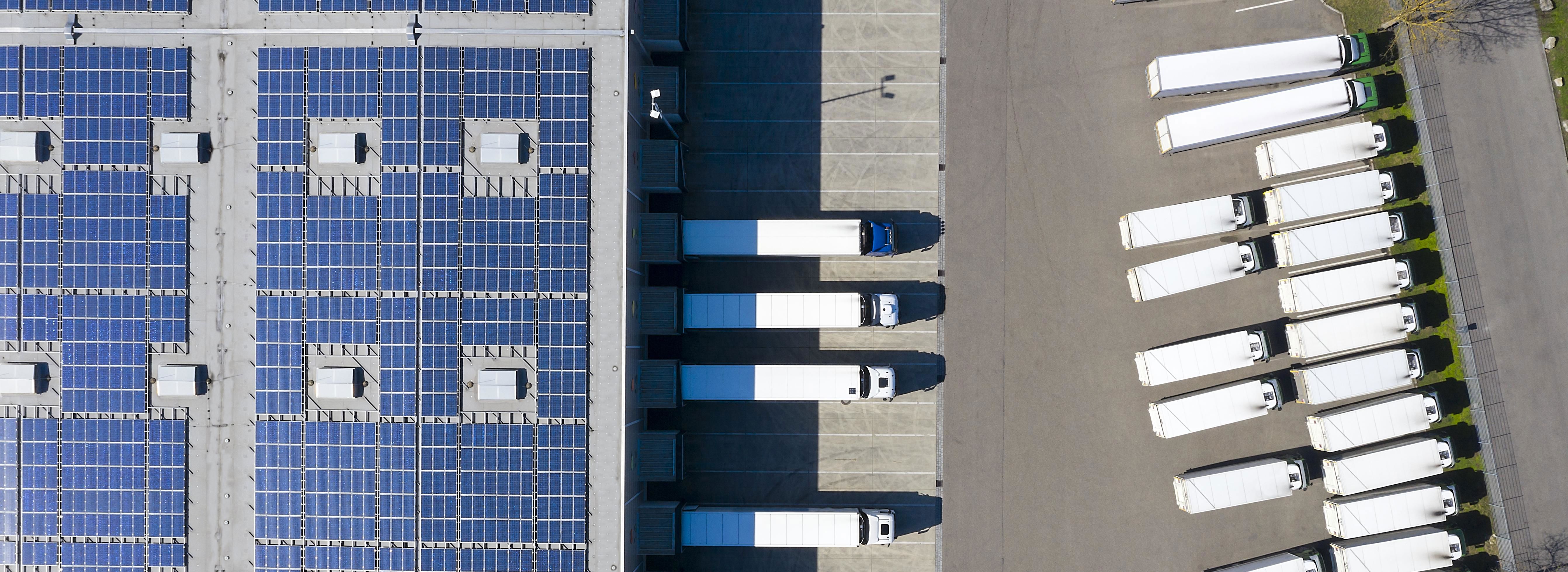
Insights
Distributed energy in the property sector: Today’s opportunities
Options for lowering power bills and emissions
This report analyses the nine most common distributed energy options for houses, apartments, commercial, retail and industrial property. These range from solar PV and batteries to heat pumps, off-site renewables and demand management systems.
About this report
Distributed energy in the property sector: Today’s opportunities
August 2018
Distributed energy in the property sector: Today’s opportunities was developed by the CEFC, together with the Property Council of Australia.
Read moreWe want to make smarter, cleaner energy the standard when it comes to Australia’s built environment. We’re already seeing ‘demonstration’ projects delivering best-in-class performance around energy efficiency, as well as effective integration of renewable energy into new and existing buildings.
about the industry
Distributed energy market drivers
- Energy efficient buildings place less stress on the electricity network, lower electricity consumption and improve resilience outcomes for businesses. They are also increasingly attractive to tenants.
- Improving the energy performance of buildings is widely regarded as one of the most cost-effective ways of delivering reductions in carbon emissions and lowering energy use.
- Industry leaders have shown they can deliver rapid improvements in the quality and performance of buildings, and have taken action to combat against rising electricity prices and cut emissions by investing in clean energy technology.
report findings
Market potential
- For homes, all technologies included in this report are in the lowest investment range ($25,000 or less) with upfront costs expected to be recovered in under nine years.
- While investment costs for large-scale commercial and retail properties can exceed $100,000, in the case of solar PV the payback period is four years.
- The highest upfront investment costs in the report (those exceeding $500,000) included thermal storage installations for commercial, retail and industrial buildings, which can substantially reduce exposure to peak electricity prices.
- The payback period of 15 years or less complements the relatively long lives of these large-scale and complex structures.
Read the second report in this series - Distributed energy in the property sector: Unlocking the potential





